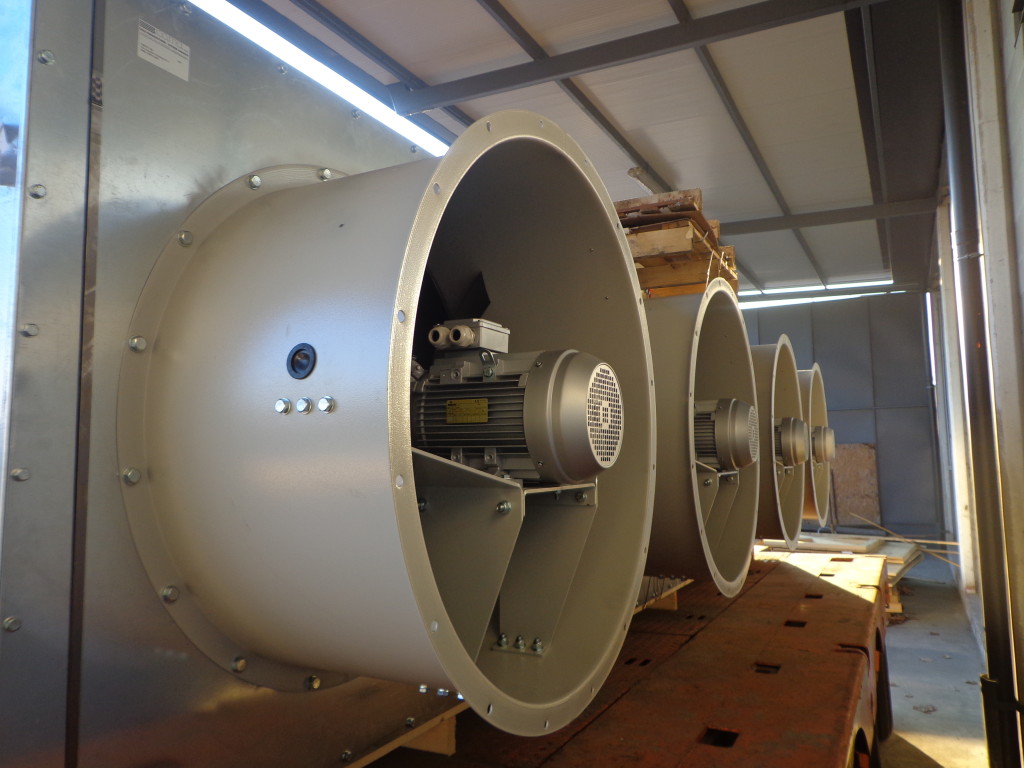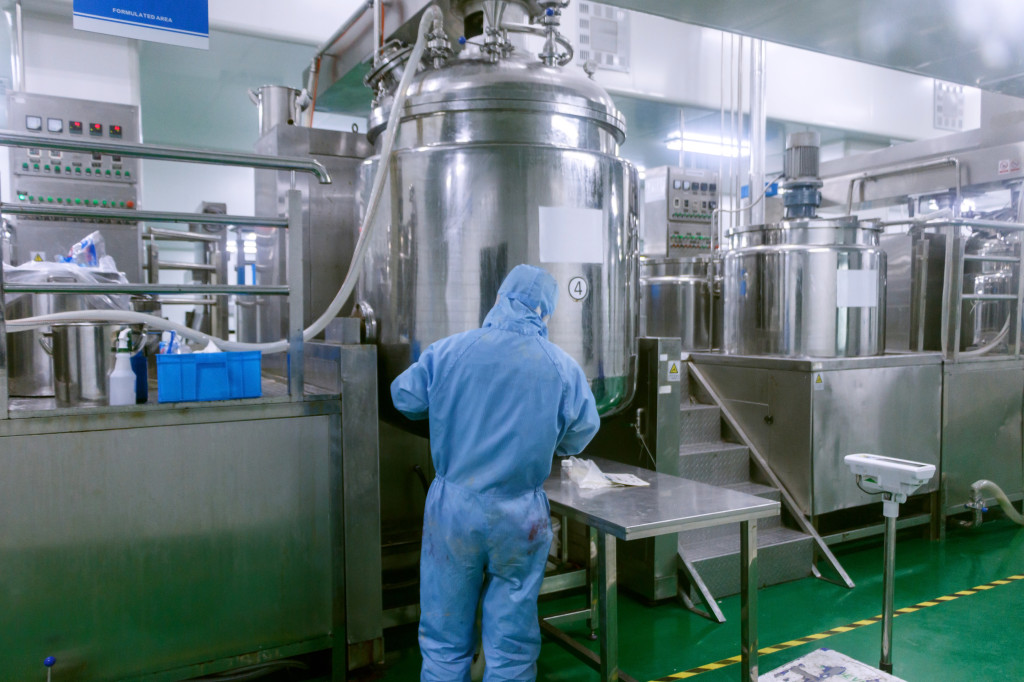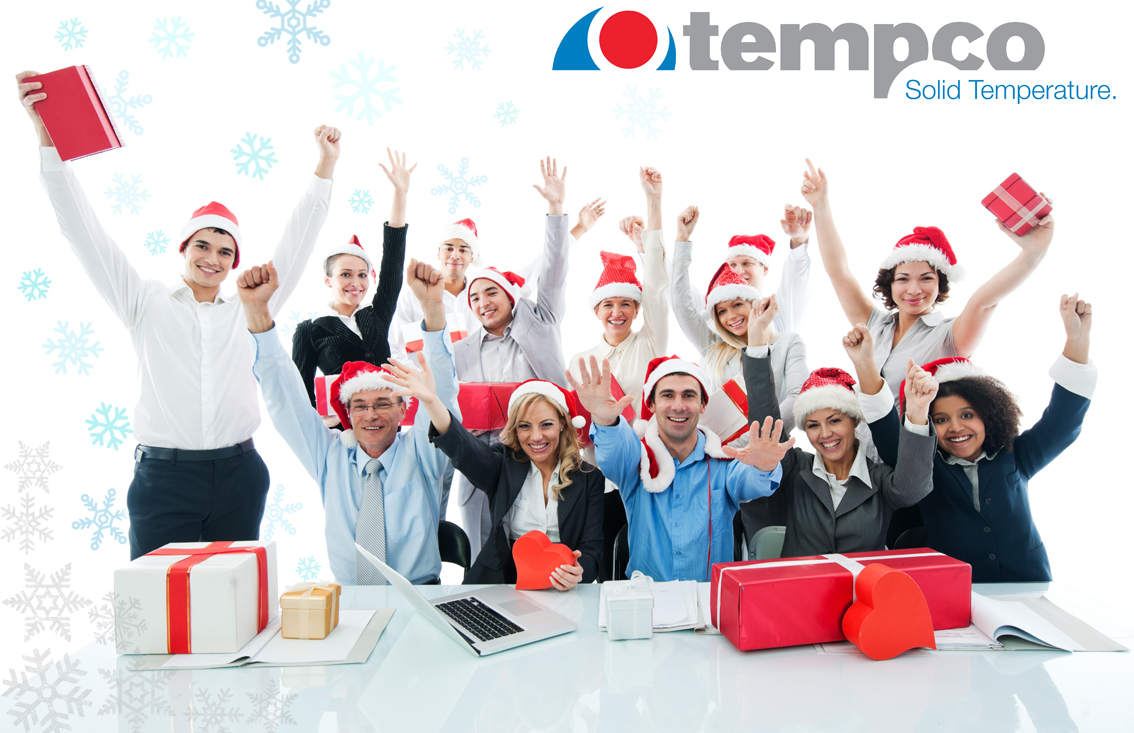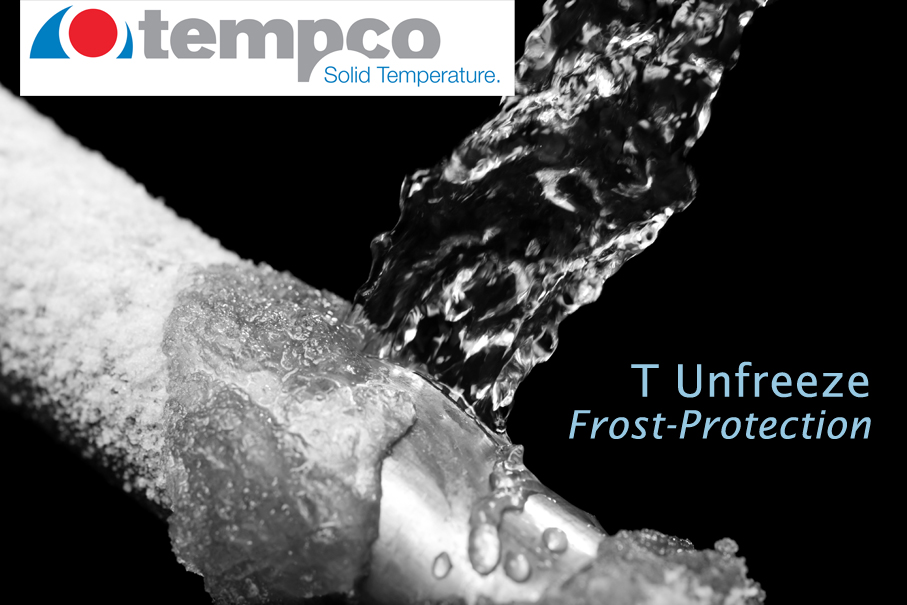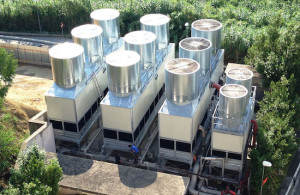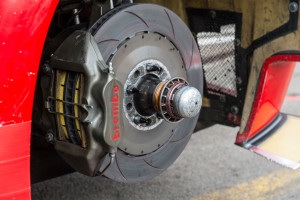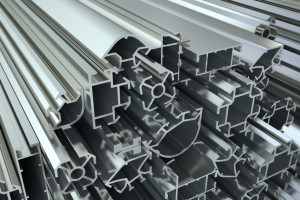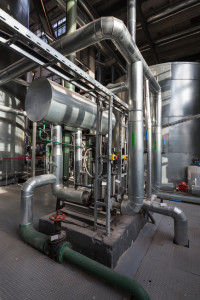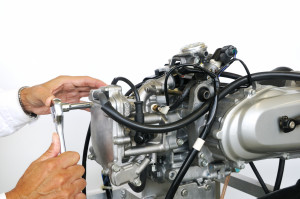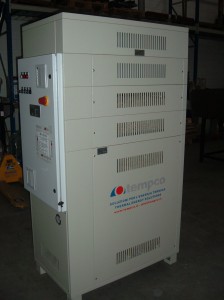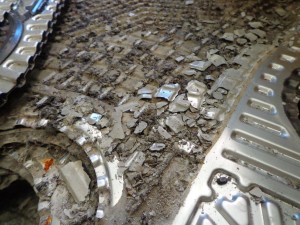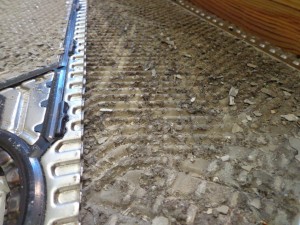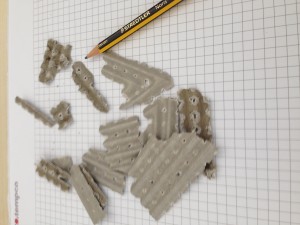Typically engines radiators installed on cogeneration biogas plants sustain the worst conditions, due to an aggressive and corrosive environment.
Tempco made radiators and free coolers for many different application fields… and we know the above issue as well.
Related to these installation we make special radiators with:
- stainless steel pipes
- aluminium epoxy coated fins
The structure can be made of galvanized steel or stainless steel to achieve the best resistance in those aggressive environments.
Blowers are made with blades and engines treated with anti-corrosion protection.
For petrochemical, pharma and chemical field of applications we also make radiators ATEX certified.
Contact us directly via email at info@tempco.it for more details on these special applications.

